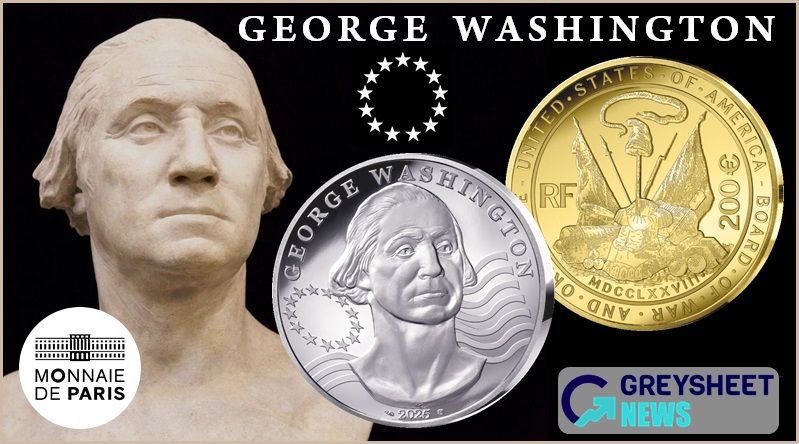Banknote Book & CPG® PRICE GUIDE
- World Currency /
- China National Banks /
-
Board of Revenue Bank (行銀部戸) Currency & Banknote Values
Year
Sort by
About This Series
Catalog Detail
Legal Disclaimer
The prices listed in our database are intended to be used as an indication only. Users are strongly encouraged to seek multiple sources of pricing before making a final determination of value. CDN Publishing is not responsible for typographical or database-related errors. Your use of this site indicates full acceptance of these terms.
| Board of Revenue Bank (行銀部戸) | Value Range | Favorite | |||
|---|---|---|---|---|---|
| Board of Revenue Bank (行銀部戸) | Value Range | ||||
|
-
|
||||
|
-
|
||||
|
-
|
||||
|
-
|
||||
|
-
|
||||
|
-
|
||||
|
-
|
||||
|
-
|
||||
|
-
|
||||
|
-
|
||||
|
-
|
||||
|
-
|
||||
|
-
|
||||
Related Stories (powered by Greysheet News)
View all news
The Holy Land Mint release gold and silver proof coins marking a national celebration.

Daily reveals on MyCollect include many major rarities featured in 100 Greatest U.S. Coins book by Jeff Garrett.

The Monnaie de Paris pays tribute to George Washington First President of the United States.
Greysheet Catalog Details
Catalog Detail
Legal Disclaimer
The prices listed in our database are intended to be used as an indication only. Users are strongly encouraged to seek multiple sources of pricing before making a final determination of value. CDN Publishing is not responsible for typographical or database-related errors. Your use of this site indicates full acceptance of these terms.









 Loading more ...
Loading more ...